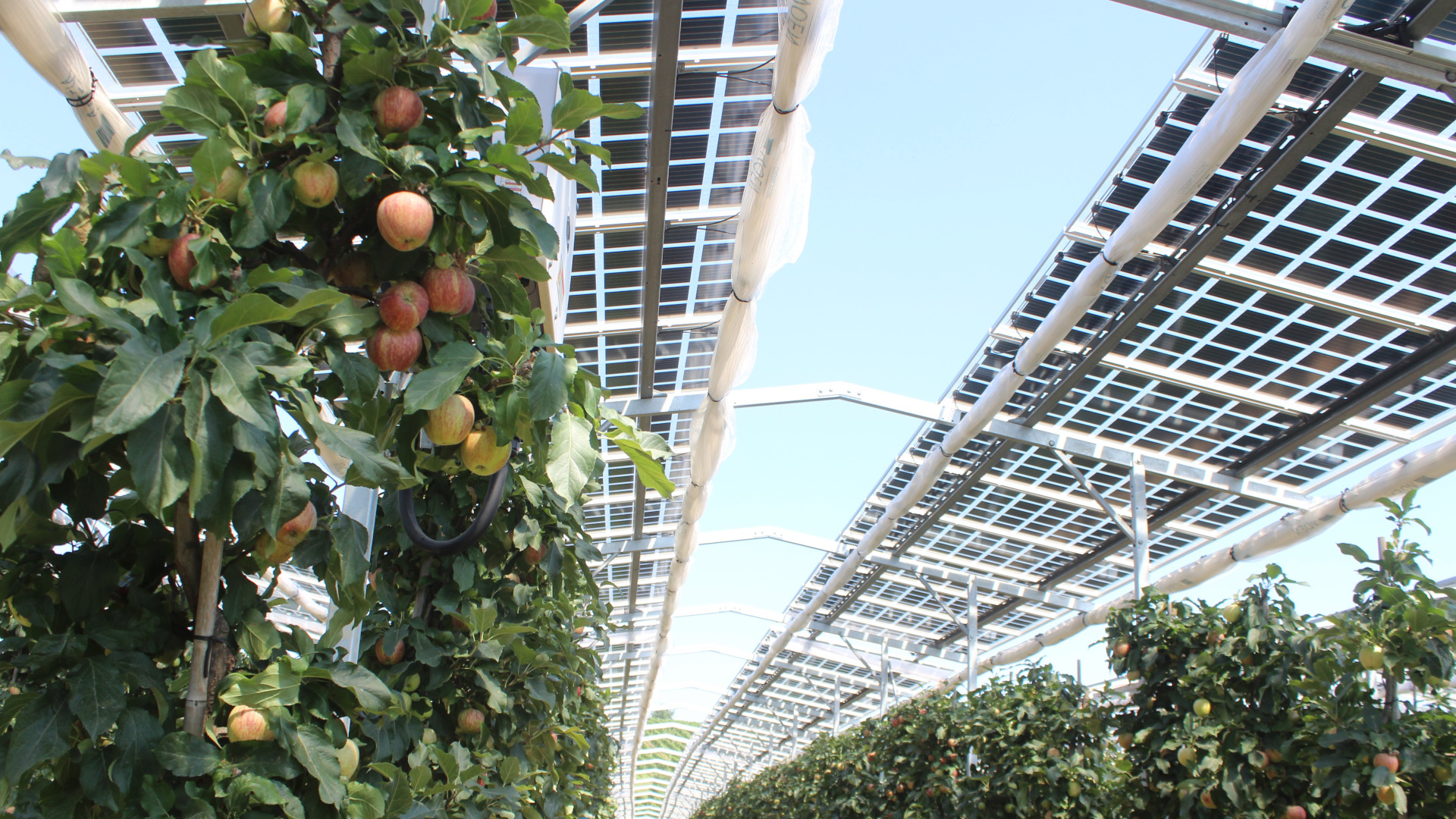Global wood pellet market with dynamic growth
A new study has analysed the wood pellet market in more than thirty countries. The study was published by the German Centre for Biomass Research.

In line with the increasing demand the production of wood pellets also increased dramatically over the last ten years. A new study by the German Centre for Biomass Research (DBFZ) for the International Energy Agency (IEA) illustrates the four-fold increase: the estimated production volume in 2006 was at at 6-7 megatons (Mt), but exceeded 26 Mt in 2015/2016. Due to its broad and varied usage as burning material for conventional and converted coal-fired power stations as well as a solid fuel for automated furnaces and boilers on the domestic side, the market is expected to expand even further. Furthermore, in the near future wood pellets could also represent a renewable resource for "green chemistry" and biobased materials.
Growing demand increases global production
In response to the growing the demand the production of wood pellets is growing as well. In 2015 the EU as a region was the largest producer with 54%, followed by North America with 35%. On a country-by-country basis the US is leading the market on wood pellet production. Next to the main producers USA, Germany, and Sweden, the production sites of countries and regions thus far hardly involved in the wood pellet production are also growing: Asia, Russia, Latin America, and Australia. In terms of national pellet consumption, the United Kingdom are at the lead, followed by the US and Italy.
The study also demonstrates: the huge growth of the sector comes with inherent difficulties and challenges. A sustainable infrastructure concerning biomass supply, pellet storage, loading, and handling of capacities in the production regions, has yet to be developed and established. Although several regulatory measures have already been implemented and huge progress has been made, the developments differ drastically between countries. Thus the study shows that despite the already achieved standards and the development of sustainability criteria for wood, as well as successful certifications and technologies for the provision of pellets from more sophisticated raw materials; there is still a lot of potential for optimisation regarding production procedures as well as environmental benefits.
Step one: a sustainable climate protection plan
Daniela Thrän, Professor at the DBFZ and Helmholtz Centre for Environmental Research, authored the study. She is not only an expert for bioenergy, but also a member of the German Bioeconomy Council. Her conclusion:"A key factor in the development of a global industrial market for wood pellets is the introduction of (political) framework, the creation of markets and standards and the implementation of a sustainable climate protection plan in the countries. This is already ambitiously implemented in Europe, but we see that, for example, the countries in Southeast Asia are on the way to put this issue on the agenda. With the study, we have analysed key indicators on the pellet market from more than 30 countries, which makes the work of the last twelve months extremely valuable for all relevant stakeholders."
jmr


